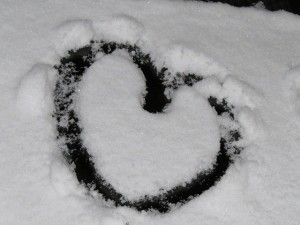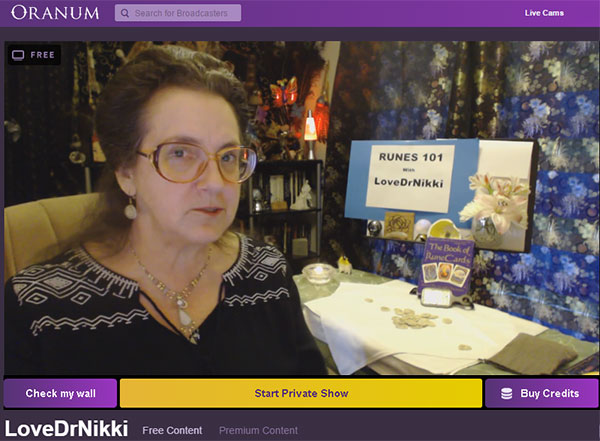 Here in the US we are very used to Valentine’s Day being one of the most important days of the year for lovers. Before the store clerks are clearing away the New Year’s decorations, we begin to see red and pink hearts, chocolates, encouragements to order flowers early and more. Did you know that every month has some kind of holiday or festival that celebrates lovers? Since love is truly universal, it makes sense if you think about it.
Here in the US we are very used to Valentine’s Day being one of the most important days of the year for lovers. Before the store clerks are clearing away the New Year’s decorations, we begin to see red and pink hearts, chocolates, encouragements to order flowers early and more. Did you know that every month has some kind of holiday or festival that celebrates lovers? Since love is truly universal, it makes sense if you think about it.
In celebration of Valentine’s Day, here is a list of festivals that celebrate lovers and the deities associated with them:
January – Brighid – The Celtic festival of Brighid is celebrated at the end of January. Known as the “White Goddess” she is returning as the virgin bride from the death of winter. As the first heralding of the advent of Spring to approach, Imbolc marks the time when the returning of light to the land is more noticeable.
February – St. Valentine’s Day – on the 14th of February it is considered the most romantic festival of the year. Originally known as Lupercalia, a Roman festival, it was a time when young men found partners for the festival by drawing women’s names in a lottery. It became St Valentine’s Day following a martyred priest known for his support of lovers denied marriage by authorities.
March – Matronalia – Matronalia was the Roman Festival to Women. Held on March 1st to honor the goddess Juno Lucina who was said to have influence over marriage, women and childbirth.
 April – Veneralia – On the first day of April Roman women would celebrate their sexuality by honoring Venus, the goddess of love. The goddess’ statue would be taken down, washed, the ornaments and vestments cleaned and replaced and then festooned with fresh flowers.
April – Veneralia – On the first day of April Roman women would celebrate their sexuality by honoring Venus, the goddess of love. The goddess’ statue would be taken down, washed, the ornaments and vestments cleaned and replaced and then festooned with fresh flowers.
May – Beltane – Also known as May Day, Beltane is that time of year when nature in the northern hemisphere is just burgeoning with new life and fertility. The Sacred Marriage is celebrated by the coming together of male and female of the species. Dancing of the Maypole was a celebration of this.
June – Midsummer Day/Summer Solstice – The marriage of the Horned God and Earth Mother in May were through to make it an unlucky month to marry. Hence, June, named for the goddess Juno became the most favored month for weddings.
July – Festival of Opet – Held near the end of July this festival is held to honor the god Amun, his divine consort, Mut, and their child, Khons. The statues of the two gods would be housed together every year for a short time for a “honeymoon” or opet so that Mut could symbolically conceive.
August – Lammas – The 1st of August was the traditional beginning of the grain harvest. In ancient celebrations, the Earth Mother would take a mortal young male in his sexual prime as her consort to keep her fertile.
 September – Demeter – Also known as the Earth Mother Demeter was honored with a weeklong celebration that focused on the transition from summer to winter. Demeter’s daughter Persephone was stolen by Hades and taken to the underworld. Even with her mother’s love, Demeter could only wrest Persephone away from Hades one day a year. Demeter and Persephone are representative of the love between mother and daughters.
September – Demeter – Also known as the Earth Mother Demeter was honored with a weeklong celebration that focused on the transition from summer to winter. Demeter’s daughter Persephone was stolen by Hades and taken to the underworld. Even with her mother’s love, Demeter could only wrest Persephone away from Hades one day a year. Demeter and Persephone are representative of the love between mother and daughters.
October – Diwali – The Indian Festival of Light last for five days in October, the date depending on the Moon’s phase. The Hindu goddess of happiness, love and good fortune, Lakshmi, is celebrated. Couples exchange gifts, dance, food and watch fireworks to reaffirm their love.
November – Isis – The Egyptian Queen of Heaven, Isis understood the eternal questions of life and death. Her lover, Osiris, was the god of life and death. Following his death by his brother, Isis sailed to the land of the dead to bring the body of Osiris back. The festival celebrates the return of hope and fear of death overcome through love.
 December – Festival of Light – It is at Winter Solstice that the Festival of Light is celebrated. The “child” of the Beltane Sacred Marriage is brought forth in the festival of lights. The lights are to celebrate the passing of the time of loss (light fading) and celebrate the time of life and love renewed (the light begins to lengthen again).
December – Festival of Light – It is at Winter Solstice that the Festival of Light is celebrated. The “child” of the Beltane Sacred Marriage is brought forth in the festival of lights. The lights are to celebrate the passing of the time of loss (light fading) and celebrate the time of life and love renewed (the light begins to lengthen again).


